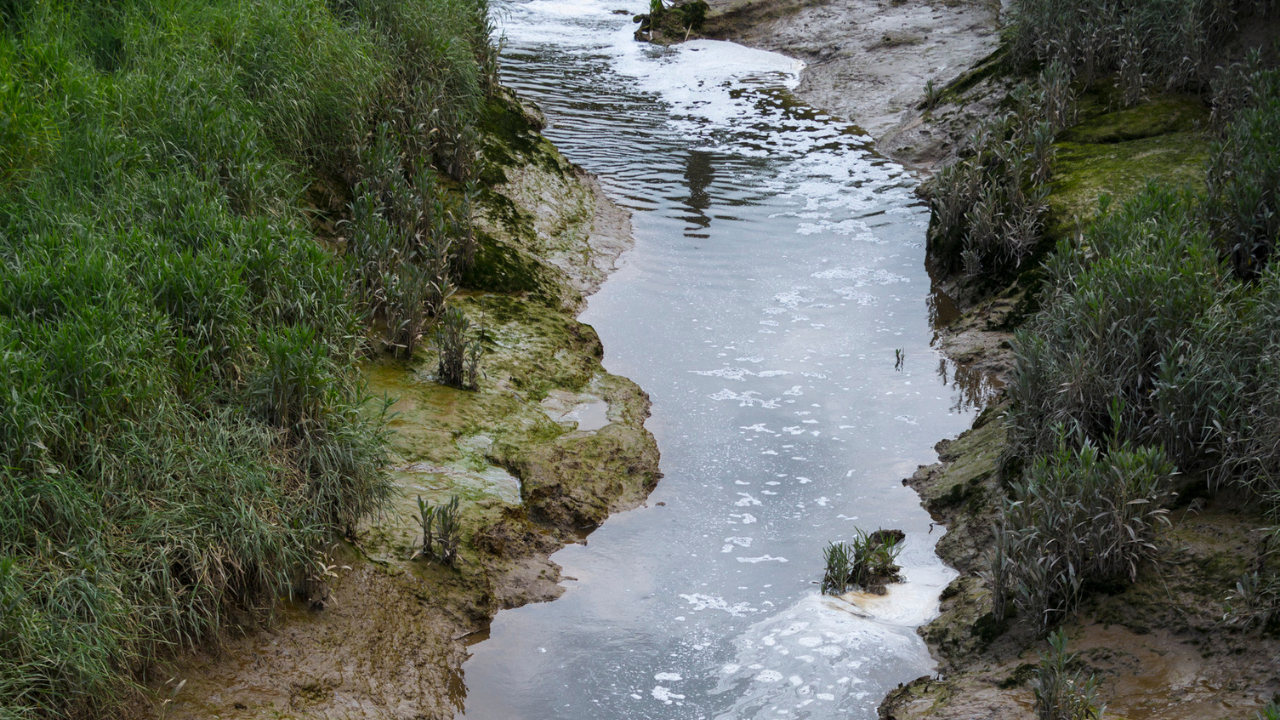Stream Flow Monitoring
Stream flow, or discharge, is the volume of water that moves over a designated point over a fixed period of time. It is often expressed as cubic meters per second (m³/sec).
The flow of a stream is directly related to the amount of water moving off the watershed into the stream channel. It is affected by weather, increasing during rainstorms and decreasing during dry periods. It also changes during different seasons of the year, decreasing during the summer months when evaporation rates are high and shoreline vegetation is actively growing and removing water from the ground. Flow is also important because it defines the shape, size and course of streams. It affects not only water quality, but also habitat. Stream flow data in also almost non existent in many areas but when is available makes possible to draw relationships between rains, flow and other characteristics monitored in water. Citizen groups interested in monitoring stream flow may do it using a combination of innovative, home-made low cost equipment and materials that can be found locally.
Flow is a function of water volume and velocity. It is important because of its impact on water quality and on the living organisms and habitats in the stream. Large, swiftly flowing rivers can receive pollution discharges and be little affected, whereas small streams have less capacity to dilute and degrade wastes.
Stream velocity, which increases as the volume of the water in the stream increases, determines the kinds of organisms that can live in the stream (some need fast-flowing areas; others need quiet pools). It also affects the amount of silt and sediment carried by the stream. Sediment introduced to quiet, slow-flowing streams will settle quickly to the stream bottom. Fast moving streams will keep sediment suspended longer in the water column. Lastly, fast-moving streams generally have higher levels of dissolved oxygen than slow streams because they are better aerated.
Monitoring Supplies
Measuring and calculating flow, include the following equipment
- Ball of heavy-duty string, four stakes, and a hammer to drive the stakes into the ground. The string will be stretched across the width of the stream perpendicular to shore at two locations. The stakes are to anchor the string on each bank to form a transect line.
- Tape measure (at least 10 meters)
- Waterproof yardstick or other implement to measure water depth
- An orange and a fishing net (to scoop the orange out of the stream)
- Stopwatch (or watch with a second hand)
- Calculator (optional)
Some supplies can be obtained from different suppliers. There are multiple resources for many of these materials so for the best deals, try searching on the web.
